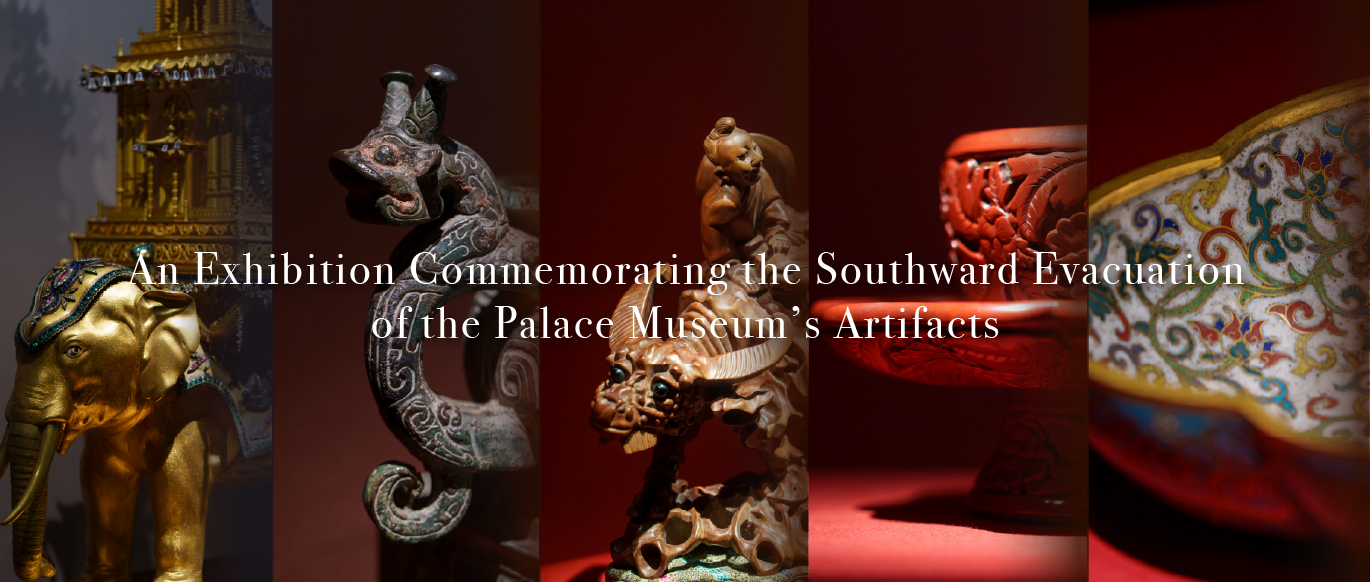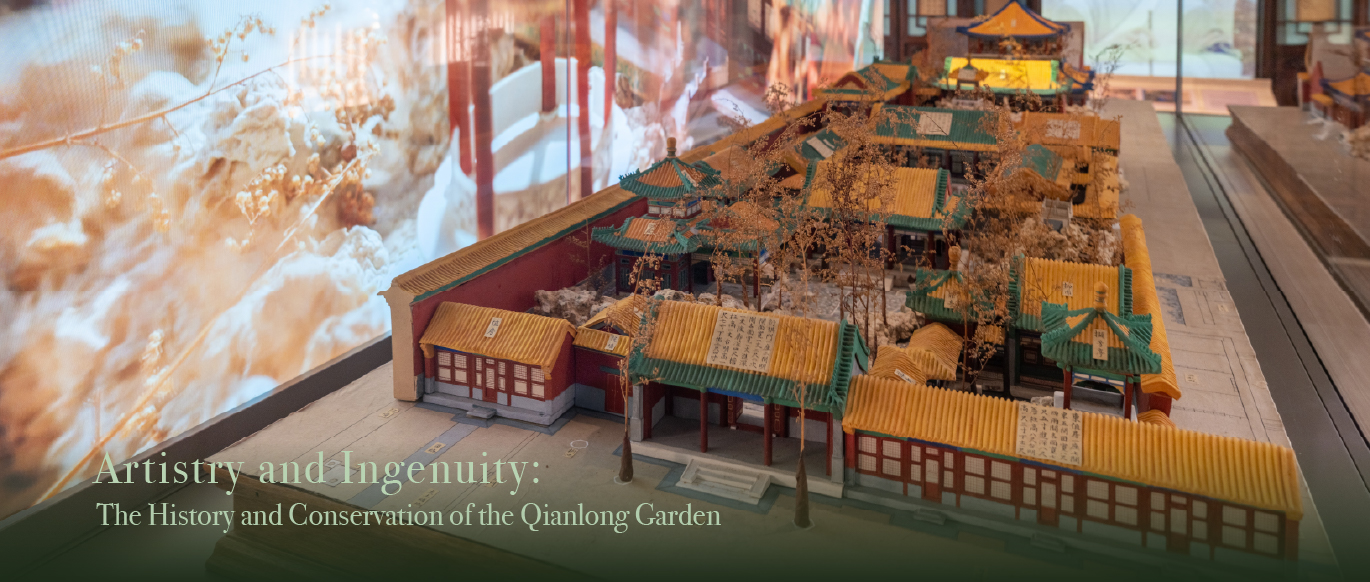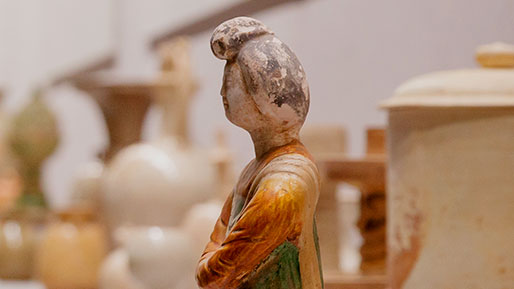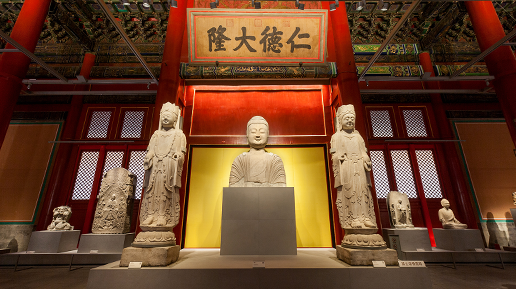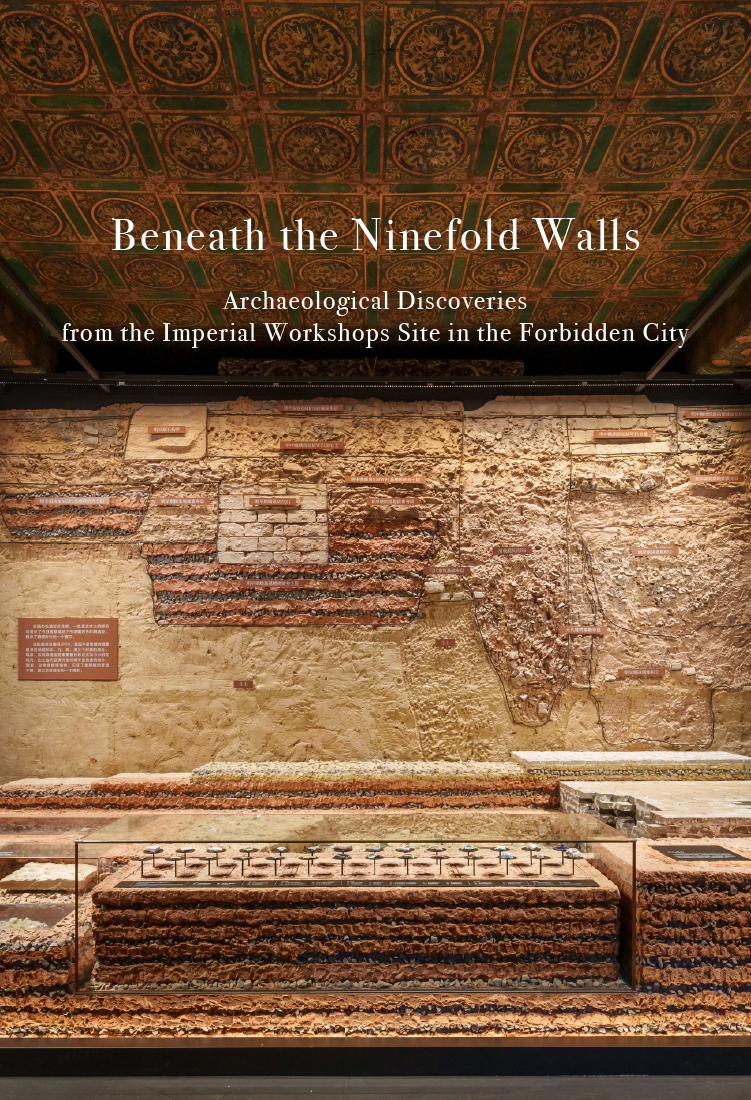
On November 3, the opening ceremony of the exhibition “Beneath the Ninefold Walls: Archaeological Discoveries from the Imperial Workshops Site in the Forbidden City” was held at the Palace Museum. The event was hosted by the Palace Museum, with the Beijing Institute of Archaeology and the Jingdezhen Imperial Kiln Institute as co-organizers.
Since October 2020, as part of the “Imperial Workshops Site Environmental Enhancement Project” and with approval from the National Cultural Heritage Administration, archaeologists of the Palace Museum have conducted a five-year excavation at the site of the Imperial Workshops (Zaoban chu). Their work has revealed relics from five historical periods, the Yuan, the early Ming, mid-to-late Ming, early Qing, and mid-to-late Qing dynasties, yielding the most significant results in the history of Forbidden City archaeology to date. These discoveries provide valuable new archaeological evidence for understanding the Forbidden City’s early history, interpreting its underground archaeological records explaining the historical and cultural value of its architecture, and enriching the study of Beijing’s architectural evolution.
This year marks the 100th anniversary of the Palace Museum. Over the past century, archaeological work has evolved in tandem with the museum’s growth. The exhibition represents a major milestone in the Palace Museum’s ongoing archaeological endeavors and embodies its enduring commitment to making archaeological achievements accessible to all.




